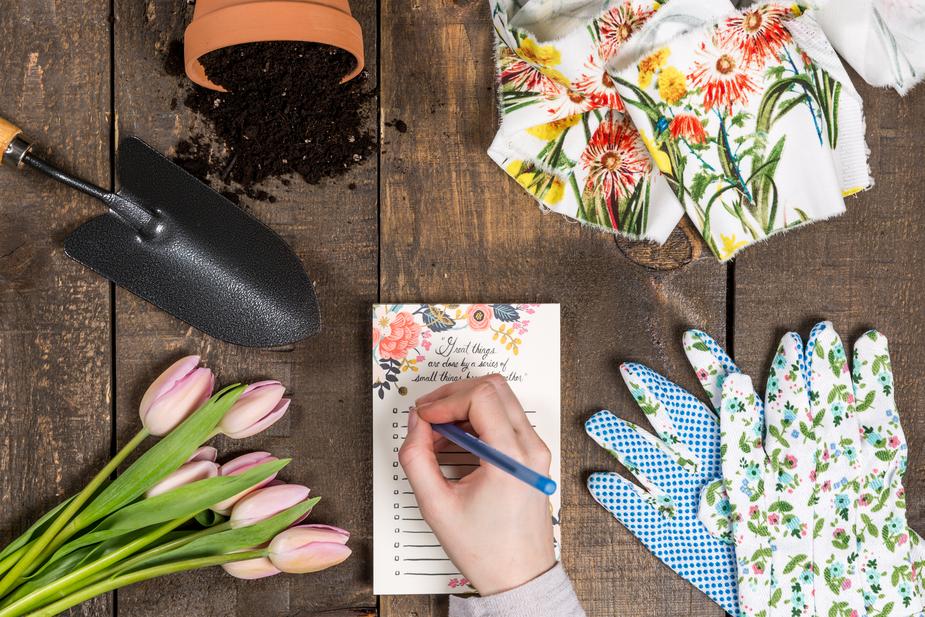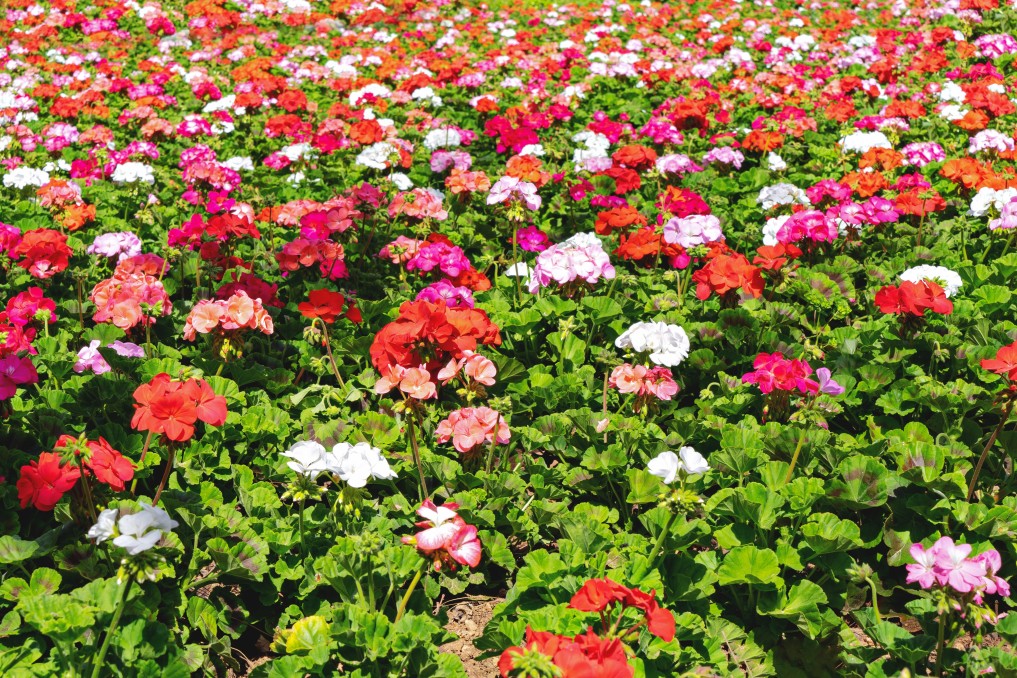(Photo by Matthew Henry from Burst)
It’s always nice to see the spring bulbs begin to pop up. Besides making the neighborhood look beautiful, they signal a return to warmer weather — and remind us that we need to start clearing out and planting our garden! Knowing what to plant in late spring can put you ahead of the game.
But even if you’re one of those planters who blessed everyone with those early bloomers, know they aren’t likely to last long, and there will be a garden lull by late spring. So here are some ideas to plant to transition your garden into summer and keep the fantastic florals going stronger longer. Bonus — most of them are super low maintenance!
What to Plant in Late Spring: A Few Ideas
Brunnera (Brunnera Macrophylla)
Even if you think you don’t have enough sun for a flower garden, you have enough for Brunnera, which thrives in a shade garden with partial sun and allows you to stay out of the dreaded heat while gardening as well. Also known as Siberian bugloss, heartleaf brunnera, or false forget-me-nots, Brunnera sends up sprays of brilliant blue flowers in mid- to late spring. These vibrant plants prefer well-draining soil and plenty of water, but don’t usually require fertilizer or much extra care.
Geranium (Geranium Species and Hybrids)
Not to be confused with the Pelargonium, which is the similar variation widely considered a window-box plant, geraniums are exceptional for late spring and summer gardens because they may keep blooming until the first frost! They are low-growing, mounding plants that like to spread and intermingle with neighboring folio, giving your garden some interesting leveling and a sense of maturity. We also love these plants because they typically only need water during a dry-spell and are some of the prettiest low-maintenance plants you can have in your garden, showing off pink, purple, red, or white flowers.
Allium (Allium Species and Hybrids)
Allium are ornamental members of the onion family — but they are grown for their looks, not taste. Large-flowered allows usually blooms between May and June. In colder climates, their bulbs are planted in the fall, but in the Northern Virginia area, our warmer weather allows you to plant them in the spring. Watch out for allium’s foliage to yellow a bit before its flowers have completed their blooming. You may want to mix this one in with other plants that can hide the leaves, but otherwise, it’s a low-maintenance stunner that is sure to give you some unique curb appeal.
Pansy (Viola x Wittrockiana)
These are some of the plants best-loved for their bright, cheerful colors as well as their long blooming season. Pansies, which typically bloom until June, can handle frosts and chilly winds, so even if the area is having some unpredictable or unseasonal weather, these plants should still be ok. Regular watering helps extend their blooming season, and while they appreciate some fertilizer, not much is needed to make these pink, purple, red, white, yellow, blue, apricot, or even maroon flowers pop. Older varieties even have been known to have a second life — fading in the summer heat but perking up again in the fall.
Bellflowers (Bluebell, Campanula rotundifolia)
Campulas, or bellflowers, are a classic choice for both flowerbeds and borders. Available in shades of blue, lilac, pink, purple, and white, the flowers are cup-shaped, star-shaped, or bell-shaped, depending on the species and whether or not they are fully open. These charming plants with long-flowing displays are a treasure in the gardening world because of their diverse habitat and bold flowers, but we also love them because they can bloom through to early fall and are deer and rabbit resistant. They perform best in partial shade and don’t need much tending. But they are also quick spreaders, so watch out if you don’t want your garden to get overrun.
Creeping Phlox (Phlox stolonifera)
Creeping phlox provides colorful ground cover and is perfect for rocky areas, slopes, and borders of your garden. It features masses of delicate pink, magenta, purple-blue, or white flowers in mid- to late-spring and forms a pretty flower carpet around your home. Not only does creeping phlox partner well tie other plants, making this great for striking garden combinations, but this plant is pretty much trouble-free, and deer resistant, which means it’s great for even beginner gardeners.
While these plants are good to plant now, remember that planting bulbs and perennials this fall for blooms in late spring makes for a delightful surprise after a long winter. But even if you can’t prepare in advance — or perhaps your home is new to you this year — it is possible to ensure you have an explosion of color and texture in your late spring garden.




Leave a Reply